
Results: What Should Edmonds Be?



This report contains wide tables and graphics. For the best experience, please view on a desktop or large tablet in landscape mode.
Keep Edmonds Vibrant

Keep Edmonds Vibrant! is a group of residents committed to ensuring our city’s long-term financial resiliency and vibrancy. We came together out of deep concern that Edmonds is currently on a path towards financial insolvency, and that without policy change to generate new and sustaining revenues, our city will be less vibrant tomorrow than it is today.
Upon hearing of proposals to entertain the sales of certain community assets – namely, the Frances Anderson Center and Hummingbird Hill Park – we organized and rallied our community. Our message was simple: any temporary boon from the sale of these assets wouldn’t fix our long-standing structural budget deficiencies. Worse yet, the sale of these assets would be permanent, and the proceeds would eventually dry up.
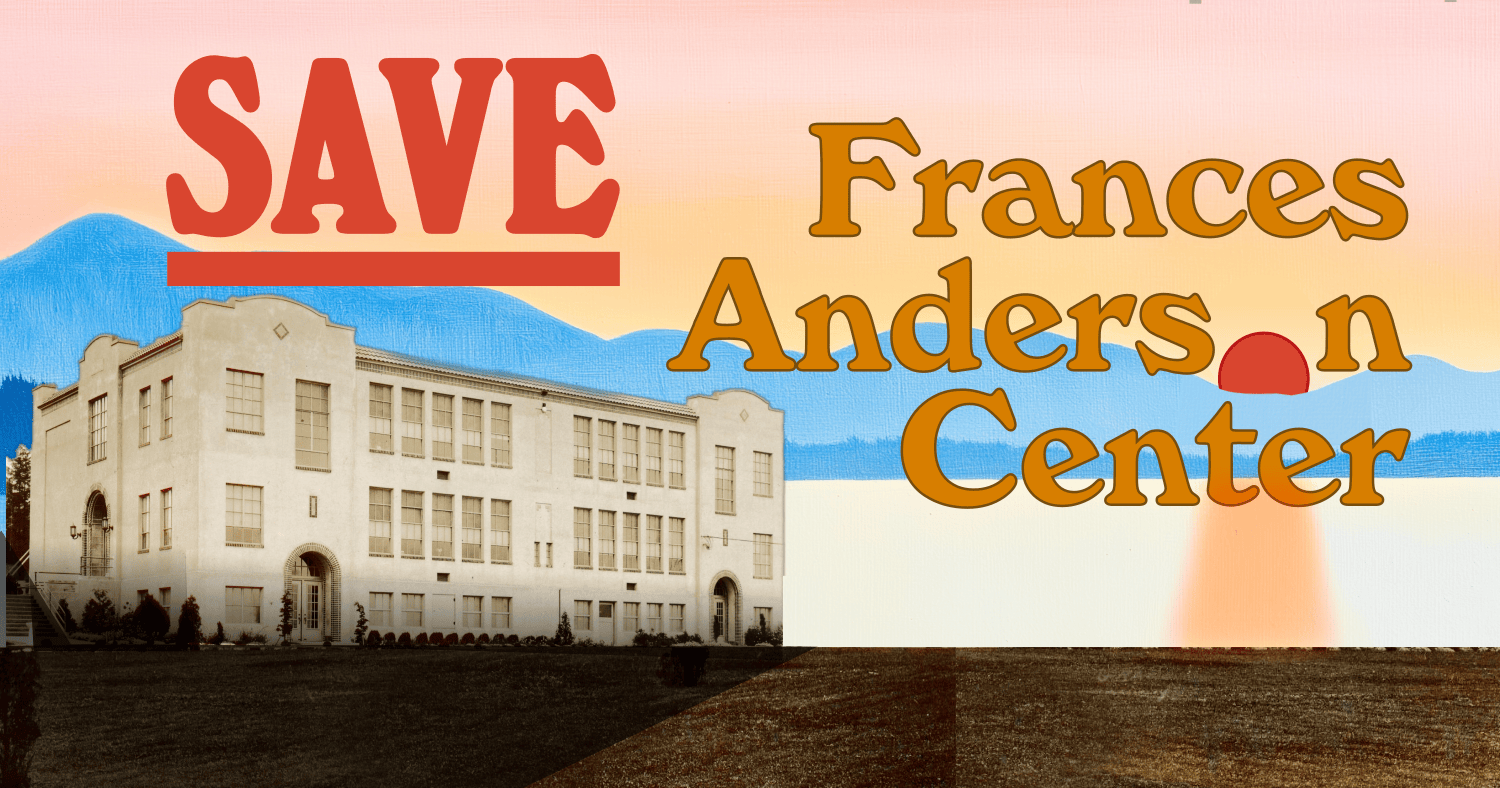
We organized an online email petition that was delivered to every city councilmember and to the mayor. In just over 72 hours, 7200 emails were sent by Edmonds residents, underscoring the value we all place on these cherished amenities.
In our view, cuts alone won’t solve our structural budget deficiencies. Going forward, we must grow and diversify our revenue base, advocating for a budget that enables Edmonds to thrive—not just survive.
What Should Edmonds Be?
About the campaign
What Should Edmonds Be? was a civic imagination initiative hosted by Keep Edmonds Vibrant from April 16 - May 27, 2025. Through in-person focus groups and online conversation, we invited our community to share their unique ideas for the future of Edmonds with the hope of contributing to a long-term, strategic planning effort that affords Edmonds the opportunity to thrive for generations to come.
In-person workshops
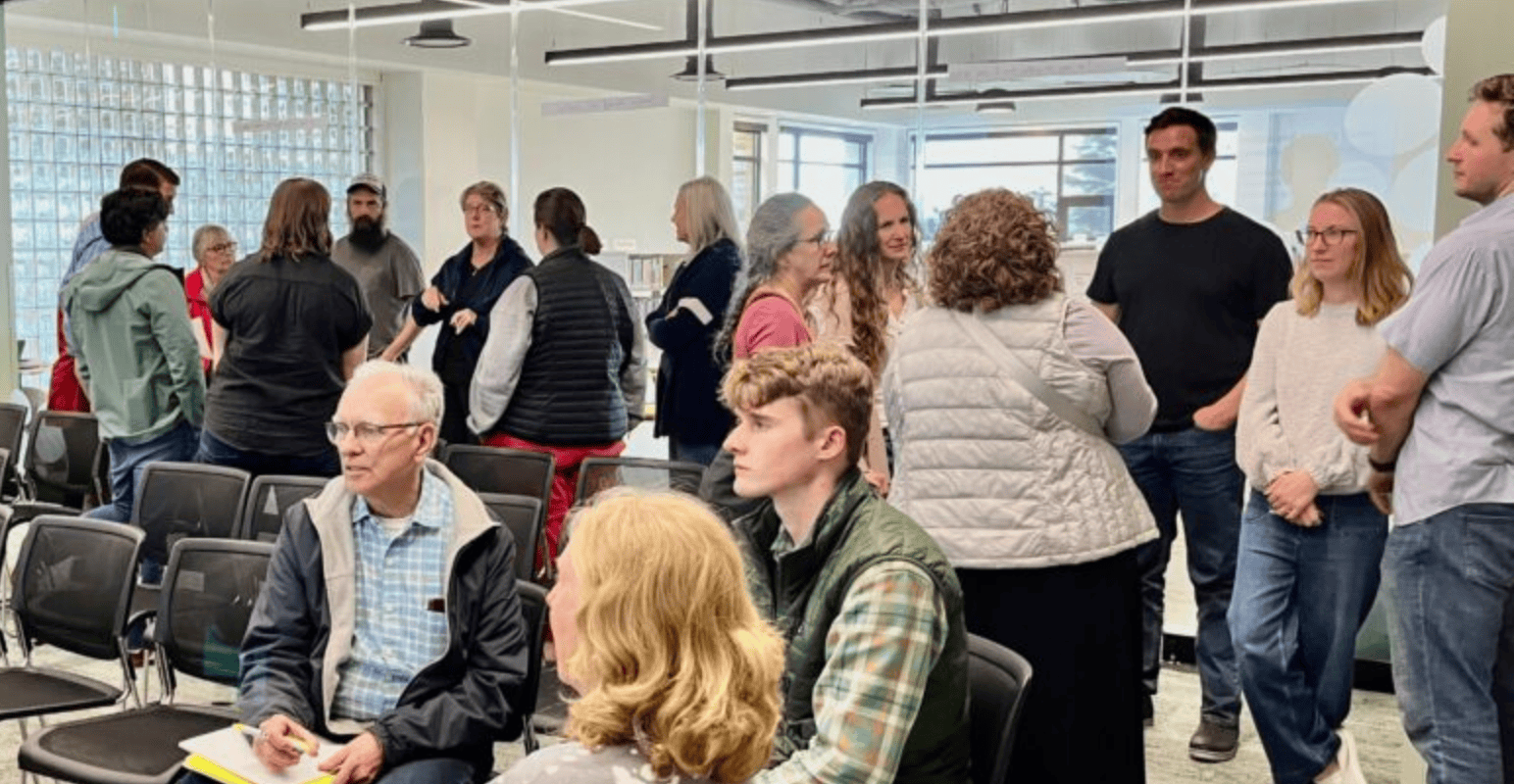
On April 16, 2025, we hosted our first in-person focus group on the topic of vibrancy. Approximately 30 community members attended. We asked the following three questions for participants to reflect and share on:
- What makes Edmonds special?
- Where does Edmonds stand to improve?
- What are my non-negotiables? (What am I not willing to give up?)
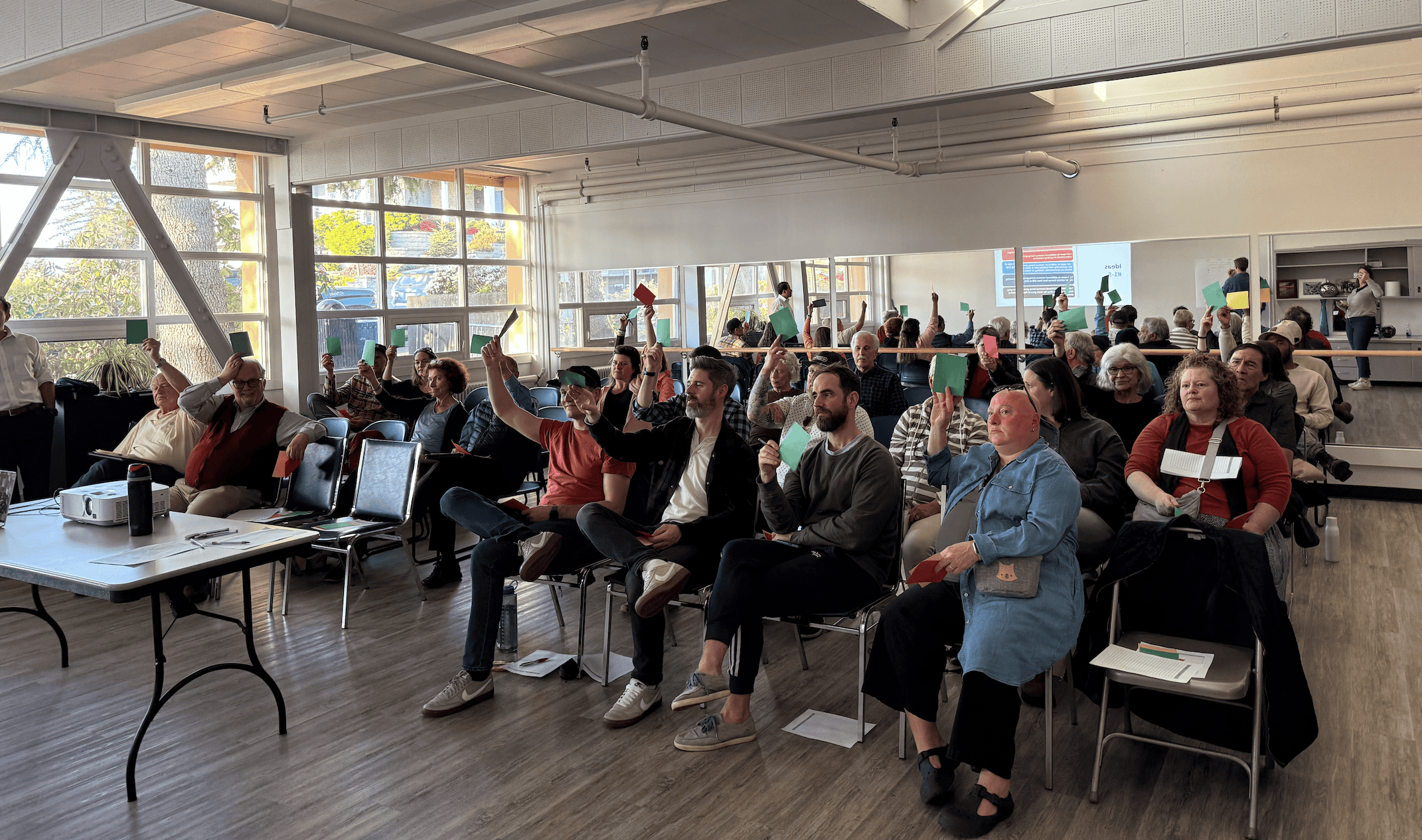
On April 30, 2025, we hosted our second in-person focus group on the topic of revenue generation. Approximately 30 community members attended. We asked participants to share their opinions on 25 unique revenue-generating proposals and to offer new ideas that hadn’t previously been considered.
Online conversation

Upon completion of these two workshops, we populated participants’ comments, formulated as statements, into Polis, a digital tool designed for “gathering, analyzing and understanding what large groups of people think in their own words” to share with the broader Edmonds community. This conversation was open to the community from May 9 – 25, 2025.
Polis: FAQs
“An open-source, real-time system for gathering, analyzing and understanding what large groups of people think in their own words, enabled by advanced statistics and machine learning.” – Polis’ developers
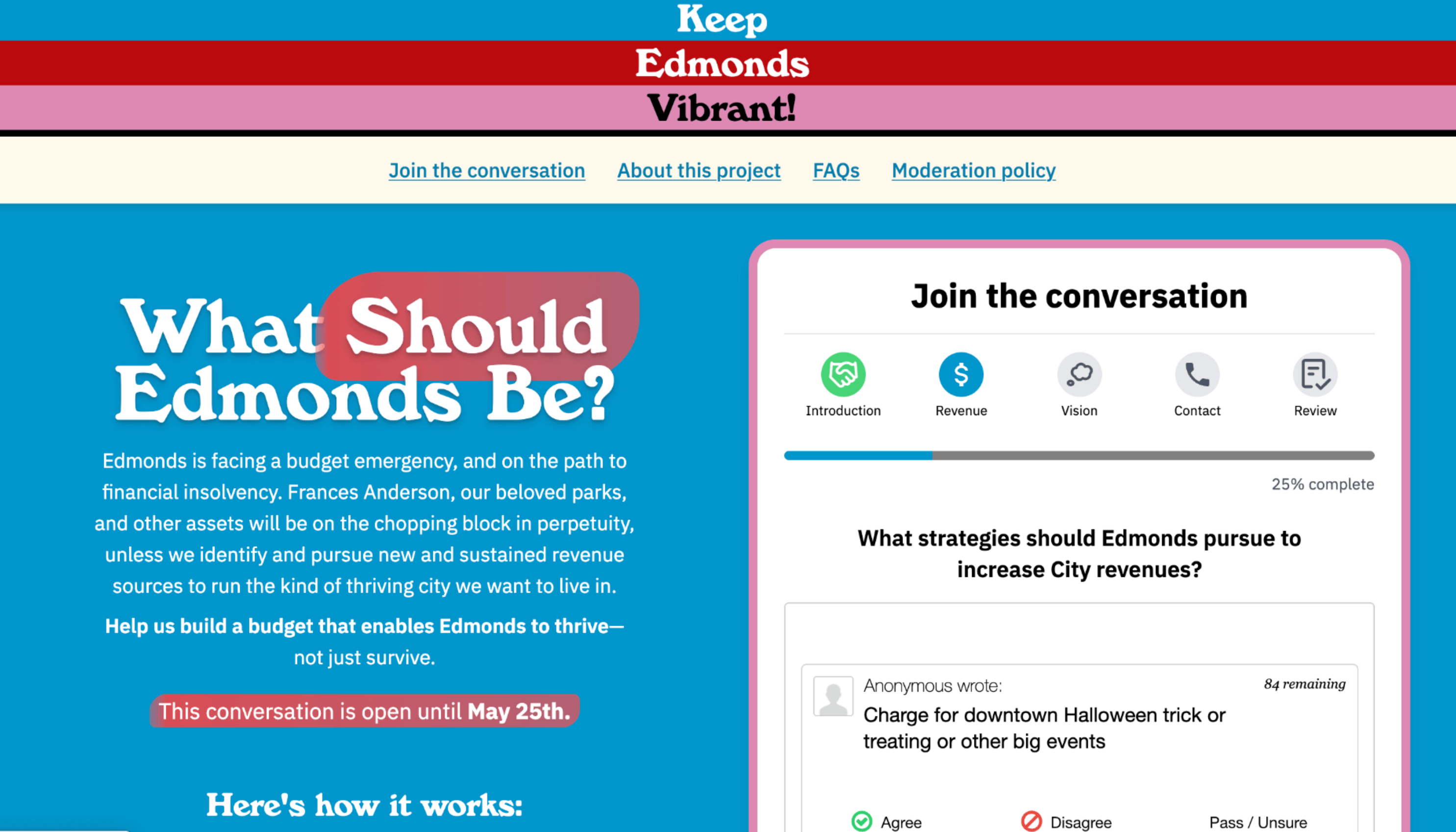
Polis is an an open-source software package that helps groups find common ground on complicated issues by collecting and organizing people’s opinions on statements about a topic.
Participants read short statements about a topic and vote to “agree,” “disagree,” or “pass” on each one. At any time, if they feel an idea is missing from the conversation, they can write and submit it to be voted on by other participants.
Polis has been used by many community groups, governments, and academic researchers across the world, including recently in Bowling Green, KY.
How are statements shown to participants?
Polis uses a “comment routing” algorithm to decide which statements to show each participant. It’s designed to efficiently map out where participants agree and disagree, with a preference for showing newer, more controversial ideas. This semi-random approach is designed to avoid an echo chamber effect, where participants might tend to see statements most similar to their own views, in acknowledgement that response time will be limited (especially as the number of statements grows over time), and that similarities in patterns of participant response can be leveraged to use response time more effectively.
What does Polis do with statements?
Polis doesn’t understand what statements mean. It just tracks how people vote on them, and looks for patterns, without making any subjective evaluations or classications of the ideas that people share. Polis does not use natural language processing, or generative AI tools (like large language models) in any aspect of its operation.
By focusing purely on voting patterns, Polis can find unexpected areas of agreement and help groups move beyond simple yes/no divisions toward more nuanced solutions that work for most people. This makes it useful for exploring how community members think about complex issues, and finding paths forward that most people can support.
Were all submitted statements included in the conversation?
Submitted statements were reviewed by our volunteers for compliance with our moderation policy. Comments that were redundant, unclear, personal attacks, contained multiple ideas, or were off topic were not included.
Why use Polis?
As more people participate, Polis groups together those who tend to vote similarly, and identifies statements that most people agree on. It also keeps track of “opinion groups”—clusters of participants who tend to vote similarly across many statements. These groups reveal distinct perspectives within the community. Polis then highlights statements that receive broad agreement both within and across these groups, making it easier to see where consensus and differences exist.
What are “opinion groups”?
Opinion groups are groups of participants with similar voting patterns. They’re automatically created and classified by Polis, with no human input. Each opinion group has voted distinctly from other groups. They are named with arbitrary letters (“A”, “B”, “C”…)
Conversation topics
We asked participants to vote on statements, and suggest ideas, in response to two questions:
- Revenue generation: “What strategies should Edmonds pursue to increase City revenues?”
- Long-term vision: “What should Edmonds be like in 50 years? What should change? What should stay the same?”
Results
Revenue generation
“What strategies should Edmonds pursue to increase City revenues?”
Majority support
Here’s what most people agreed with. 60% or more of all participants voted one way or the other, regardless of whether large amounts of certain minority opinion groups voted the other way.
Show/hide table
Opinion groups
500 – or 84% – of the 598 total participants fell into an opinion group1. For the “revenue generation” topic, two opinion groups emerged: A and B.
1 Opinion groups are groups of participants with similar voting patterns. They’re automatically created and classified by Polis, with no human input. Each opinion group voted distinctly from other groups.
Group A (n = 166, median age 45-54) had a higher proportion of participants aged 55-64 compared to Group B (n = 103, median age 45-54), and a lower proportion of participants aged 35-54.

Group A: 307 participants
Statements which make this group unique, by their votes:
Show/hide table
Group B: 193 participants
Statements which make this group unique, by their votes:
Show/hide table
Areas of uncertainty
Across these 500 participants, there was uncertainty about the following statements. Greater than 30% of participants who saw these statements “passed”. Areas of uncertainty could be opportunities to promote education and open dialogue.
Show/hide table
All statements
Group votes across all statements, excluding statements that were moderated out.
Show/hide table
Long-term vision
“What should Edmonds be like in 50 years? What should change? What should stay the same?”
Majority support
Here’s what most people agreed with. 60% or more of all participants voted one way or the other, regardless of whether large amounts of certain minority opinion groups voted the other way.
Show/hide table
Opinion groups
313 – or 79% – of the 396 total participants in the “long-term vision” conversation fell into an “opinion group”2. For the “long-term vision” topic, two opinion groups emerged: A and B.
2 Opinion groups are groups of participants with similar voting patterns. They’re automatically created and classified by Polis, with no human input. Each opinion group voted distinctly from other groups.
Group A (n = 45, median age 55-64) had a higher proportion of participants aged 45-74 compared to Group B (n = 52, median age 45-54), and a lower proportion in the 25-34 age group.
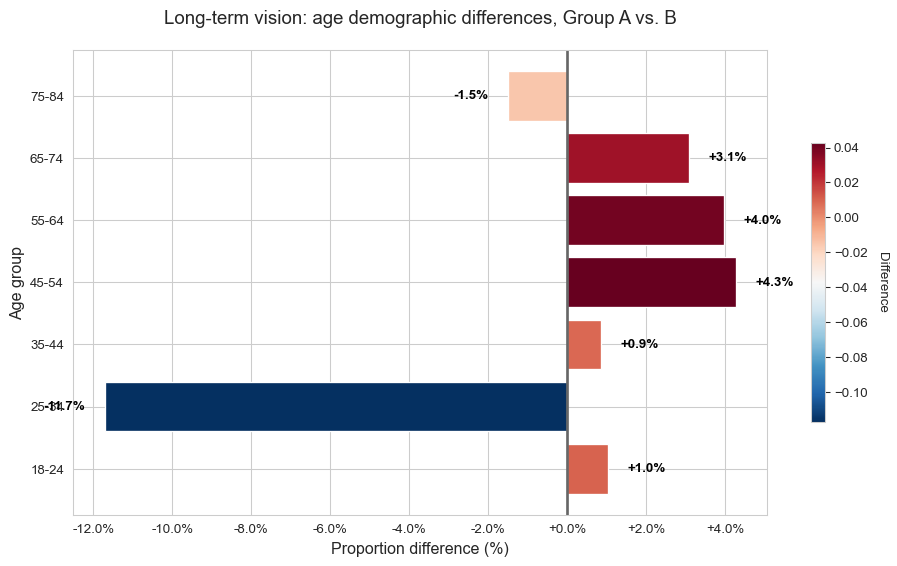
Group A: 136 participants
Statements which make this group unique, by their votes:
Show/hide table
Group B: 177 participants
Statements which make this group unique, by their votes:
Show/hide table
Areas of uncertainty
Across these 313 participants, there was uncertainty about the following statements. Greater than 30% of participants who saw these statements “passed”. Areas of uncertainty could be opportunities to promote education and open dialogue.
Show/hide table
All statements
Group votes across all statements, excluding those statements which were moderated out.
Show/hide table
Takeaways
One Edmonds, two groups
Both topics (revenue generation and long-term vision) saw the emergence of two distinct opinion groups, characterized by unique voting patterns across many questions. Across both topics, groups were roughly distinguished by age (one younger, one older.) Plainly stated, participants tended to belong to one of two “camps” on ideas for both Edmonds’ fiscal priorities and long-term vision:
One group tended to evaluate Edmonds’ future with an openness to growth, change, and adaptation. These participants are open to expanding business districts, allowing more commercial and residential development, and exploring untapped revenue streams as a way to keep Edmonds financially solvent. They’re more willing to accept near-term change if it leads to long-term sustainability.
One group was more protective of Edmonds’ existing characteristics. Objectives like preserving “small town charm” and maintaining restrictions on where businesses and homes are located saw substantial support among this group: fiscal solutions that avoided changes to the community’s economic composition and visual identity were preferred.
While one group supported ideas like attracting large businesses and increasing development in targeted zones, the other approached these proposals cautiously.
Despite their differences, both groups shared a strong rejection of proposals to sell public assets or charge admission for parks. They appeared to agree community amenities are core to Edmonds’ identity.
Despite differences, collective support for a range of revenue generation policies
- A number of revenue generation ideas received supermajority support. Others – including ideas related to taxation, fee structures, parking, and land use policy, among other topics – received robust majorites.
Implications for a future levy: group differences and opportunity
A future property tax levy will likely be shaped by these group dynamics. For example, for statement 57 in the revenue conversation (“I’m open to increasing property taxes”), support was sharply divided: Group A showed strong support (73% approval), while Group B was much less favorable (26% approval), for a total support rate of 47% across both groups. Notably, 18% of all participants across both groups were undecided. This sizable undecided segment presents a real opportunity for Council and advocates: a strong, targeted campaign could move the needle. Starting with 47% support is a solid foundation from which to engage and persuade the undecided, indicating that passage of a levy is a realistic goal with effective outreach.
Methods
We worked diligently to invite a broad range of community members to participate in What Should Edmonds Be?, from our in-person workshops to our online conversation. We shared our campaign across physical (flyers, in-person conversations) and digital (social media, email) touchpoints, reached out to community groups like PTAs & interest/service-based organizations, and published op-eds announcing our efforts in local news outlets, including My Edmonds News.
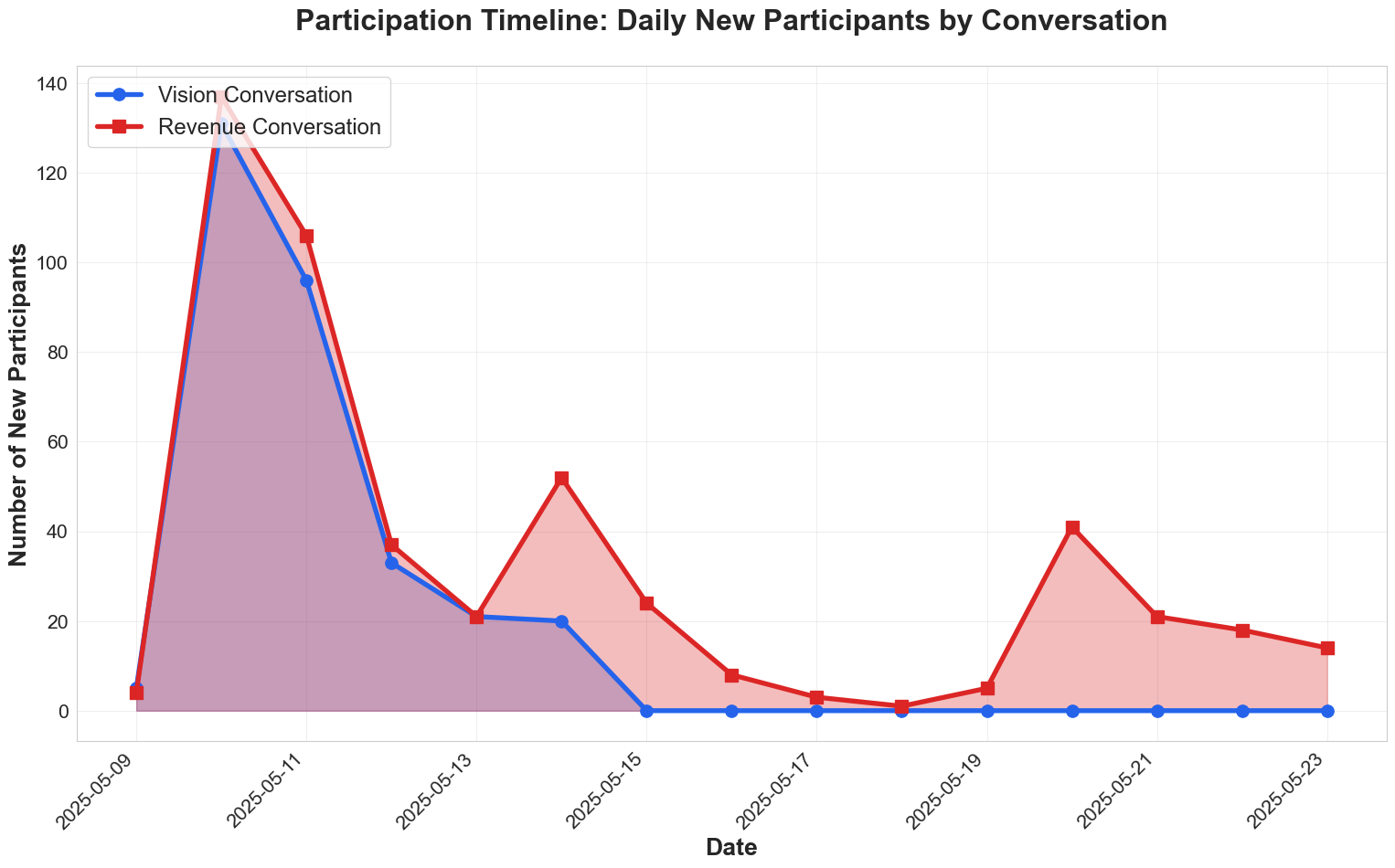
Age demographic collection
Shortly after launching the online conversation, we started asking participants for their age brackets to use as a rough proxy of our success in engaging a range of community members. In total, we tracked age brackets across 376 participants.

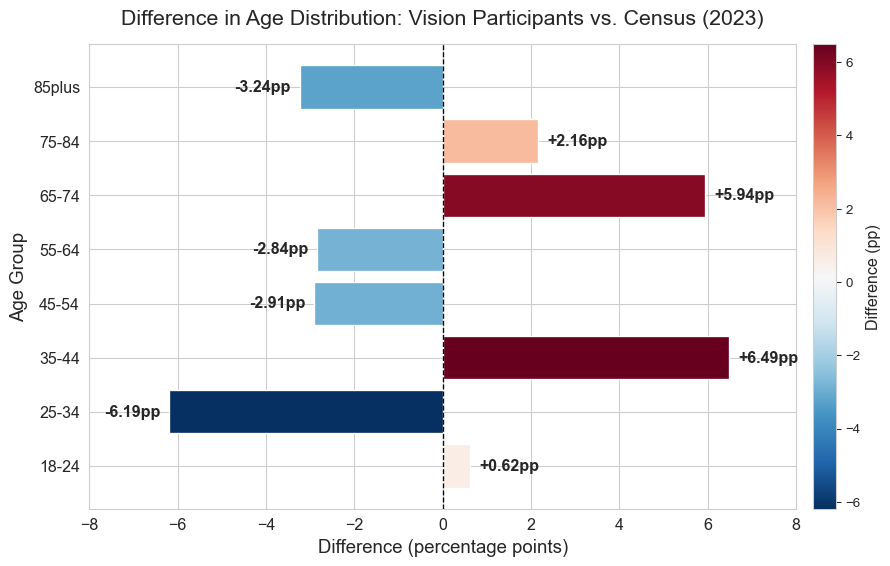
Census data: American Community Survey, 2023
Limitations
While our results offer valuable and novel qualitative & quantitative insights into community preferences, and reflect a diverse range of perspectives, they are not statistically representative of the broader Edmonds community.
There are many inputs into the legislative decision-making process. We invite the Edmonds community to consider our results as a complement to other artifacts of public will, including the 2024 community budget priorities survey procured by the City of Edmonds.